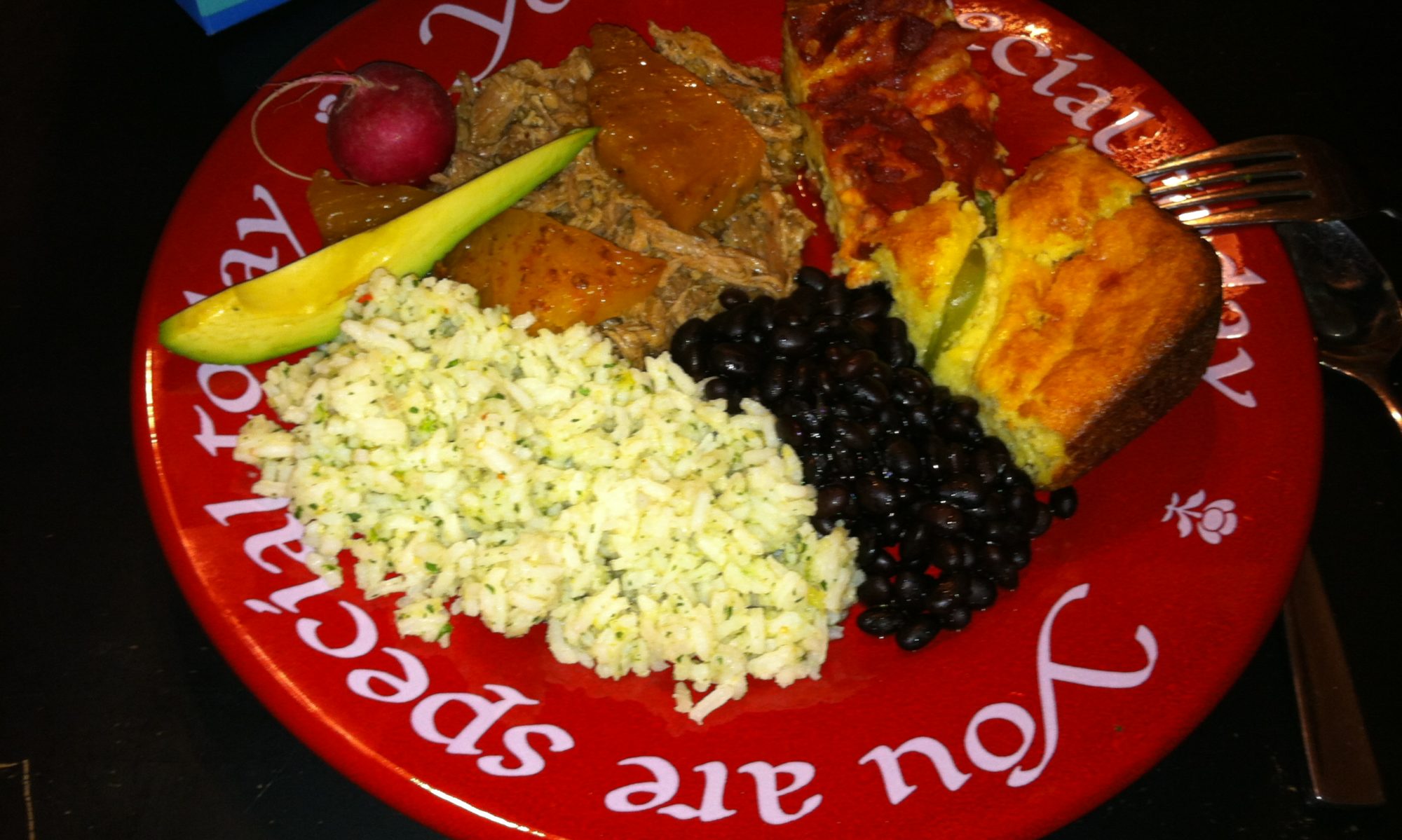
My culinary journey has taken me down the pathway of barbecuing and grilling. My pellet smoker has become a critical part of my cooking equipment We’ve smoked our Thanksgiving turkey, ribs, pork shoulder, and more. And the brisket . . . mmmm, brisket . . . is out of this world.
But smoking meat is only part of the process. Great barbecue requires great sauce. So I’ve gathered recipes from the masters, made some adjustments of my own, and developed a repertoire of “go to” sauces that can put burgers, ribs, and brisket over the top with flavor.
Steven Raichlen is a master of barbecue. His book Barbecue Sauces, Rubs and Marinades outlines the critical components of a good barbecue sauce.
Base: While most barbecue sauces use some sort of a tomato base, you can make a great sauce with mustard, vinegar, beef or chicken stock, or even mayonnaise as the base.
Sweetener: Sugar, honey, molasses, jams, jellies, syrups, and soda provide a sweetness that helps counter the acidity of the vinegar or other souring agent.
Souring agent: Vinegar or sour juices give barbecue sauce its distinctive punch.
Seasonings: Every sauce needs a salty component to help meld the sweet and sour ingredients. Soy sauce, Worchestershire, fish sauce, miso, olives, and others bring the needed saltiness.
Heat: Many sauces include a heat factor. Chile peppers, ginger, black and white pepper, cayenne, red pepper flakes, wasabi, mustard, horseradish, and more. Choose a heat index that resonates with your taste buds.
Aromatics: As Raichlen notes, “Aromatics give barbecue sauce its personality.” Onions, garlic, fresh peppers, herbs, spices, liquid smoke, and more. For my money, few things whet my palate as well as the smell of garlic and onion sauteeing in butter.
Enrichers: Butter, olive oil, lard, bacon, beef stock, and others help round out the flavor of your sauce.
I smoked some pork ribs this weekend and needed to make some sauce to go with the ribs. This sauce is one of my favorites.
It uses ketchup as a base and Dr. Pepper as a wild card sweetener. I like to up the flavor a bit by using Cherry Dr. Pepper. It’s flavorful and surprisingly easy to make.
Sautee your aromatics in butter, then add the remaining ingredients and bring everything to a boil. Stir the sauce occasionally to keep it from burning. But otherwise, it requires little attention. Once you try it, you’ll never buy your barbecue sauce again.
Dr. Pepper Barbecue Sauce
From Soaked, Slathered, and Seasoned
- 4 Tbsp. unsalted butter
- 1 large yellow onion, chopped
- 4 cloves garlic, minced
- 1 cup ketchup
- 3 Tbsp. tomato paste
- 12 oz. Cherry Dr. Pepper
- ½ cup apple cider vinegar
- 1/3 cup Worcestershire sauce
- ½ cup packed dark brown sugar
- 2 tsp. Ancho chili powder
- 1 tsp. fine ground white pepper
- 1 teaspoon kosher salt
Melt the butter in a heavy pan. Saute the onion and the garlic in the butter until translucent, about 10 minutes.
Add the remaining ingredients and simmer until the flavors are well blended, which will take about 15 minutes. Continue cooking until the sauce begins to thicken, about 20 to 30 minutes. Taste and adjust the seasonings with salt and pepper if desired.
When it has cooled, blend the sauce in a blender until it is smooth. Store in the refrigerator.
Make about 5 cups.








